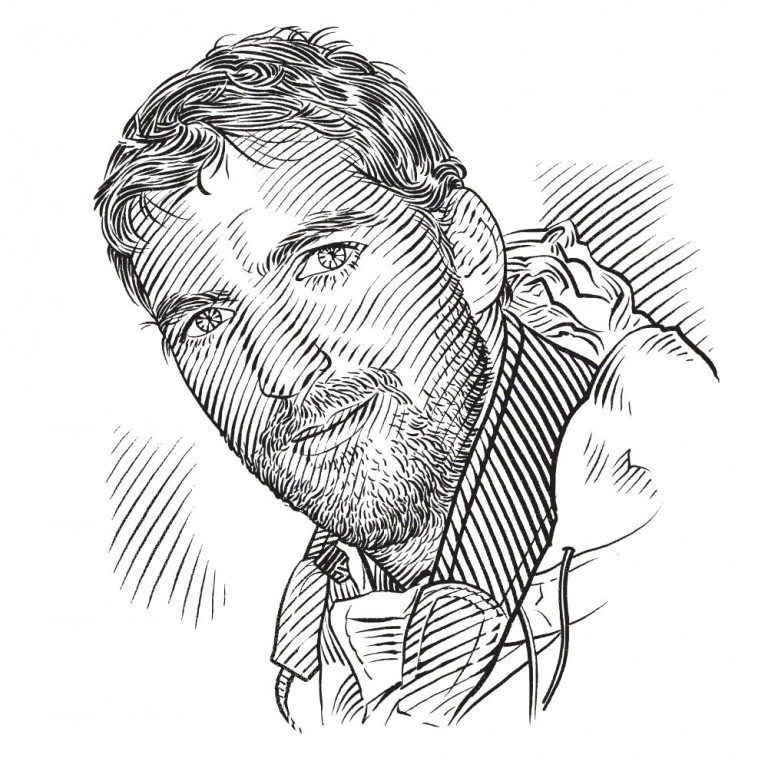Manta – Secret Life of Devil Rays
Six years ago, Guy Stevens, founder of the Manta Trust, partnered with the Save Our Seas Foundation to protect manta rays. He writes about his new book, The Secret Life of Devil Rays – the world’s first natural history book about these iconic marine animals. The publication is a collaboration between Guy and conservation photographer Thomas Peschak.
Born into a life of perpetual motion, manta rays must keep swimming to survive. Driven forward by powerful beats of their wing-like pectoral fins, they search the ocean currents for concentrated patches of the tiny planktonic food on which they feed. They are giants of their kind, ranging throughout the tropical and subtropical oceans of the world, with horn-like cephalic (head) fins that gave rise to ancient mariners’ tales of fearsome devilfish dragging boats into the ocean depths.
Today we know that these gentle giants are harmless to humans, though much of their lives still remains a mystery. Fundamental questions such as how long they live, their reproductive cycles and their fecundity have yet to be answered satisfactorily. Areas of key habitat use, migration corridors and population estimates, both nationally and internationally, must also be clearly defined if we are to make the informed and educated decisions needed to provide effective protection for these animals and the world they inhabit.
For the past decade I have devoted my life to answering these important questions. Joining forces six years ago with the Save Our Seas Foundation (SOSF) and award-winning National Geographic photographer Thomas P. Peschak, we decided to create the world’s first natural history book about manta rays. Ground-breaking photography, personal experience and the latest scientific research would be combined to create Manta – Secret Life of Devil Rays, the definitive publication about these charismatic animals. Tom and I hope that the book’s iconic images and enlightening words not only convey the true grace and inquisitive nature of these threatened rays, but also capture what is at stake if we choose not to protect them and our oceans.
I have always been fascinated by the natural world; it sparks my natural curiosity, motivating me to learn more about our planet and the animals and plants we share it with. Growing up in the countryside of the United Kingdom’s south-western corner, I was surrounded by nature. A seemingly limitless supply of weird and wonderful creatures lay just beyond my doorstep, waiting for me to discover them.
I always knew I wanted to make a career of studying animals, but it was not until I was given a tropical fish tank at the age of 11 that my passion for the underwater world began. From that moment, when people asked what I wanted to do when I grew up, I would say, ‘I want to study fish.’ And true to my word, I went through school and college with this in mind until in 2002 I graduated from the University of Plymouth with a degree in marine biology and coastal ecology.
University opened my mind to the rest of the world and I was hungry to travel and explore as much as I could. After visiting and diving in the Caribbean, Africa and Asia, I knew I wanted to work in one of these tropical destinations. So in 2003, when I saw a job advertisement for a marine biologist in the Republic of Maldives, I knew it was the position for me.
The Manta Trust
Having started out in the Maldives, the Manta Trust is now active in about 16 countries worldwide promoting the conservation of manta and devil rays and their habitat through research, awareness and education. Three of its current major operations are the Global Mobulid ID Project, which aims to provide a taxonomic, morphological and genetic identification guide to manta and devil rays; the collection of data about ray landings in India, which will inform conservation management in that country; and the Indonesian Manta Project, which works to promote an appreciation of manta and devil rays among local people.
